14 Business Acquisitions That Changed the World Forever
Some corporate acquisitions have turned out to be absolute gold mines. While plenty of deals fade into obscurity or backfire entirely, a handful have reshaped companies, industries, and even everyday life. Here’s a fresh take on some of the sharpest acquisition moves, backed by numbers and clear business wins.
Android
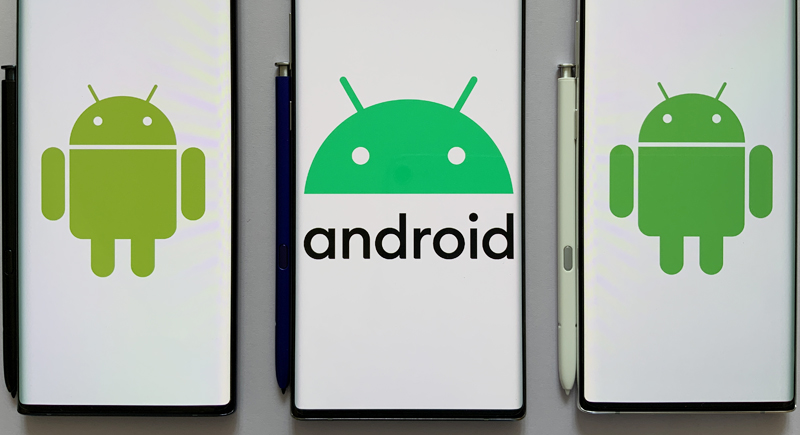
Credit: Wikimedia Commons
Back when smartphones were still taking shape, Google made a quiet $50 million purchase that would turn into the most widely used mobile OS on the planet. Android now runs on more than 70 percent of smartphones and helped Google lock in its dominance in mobile ads.
Instagram
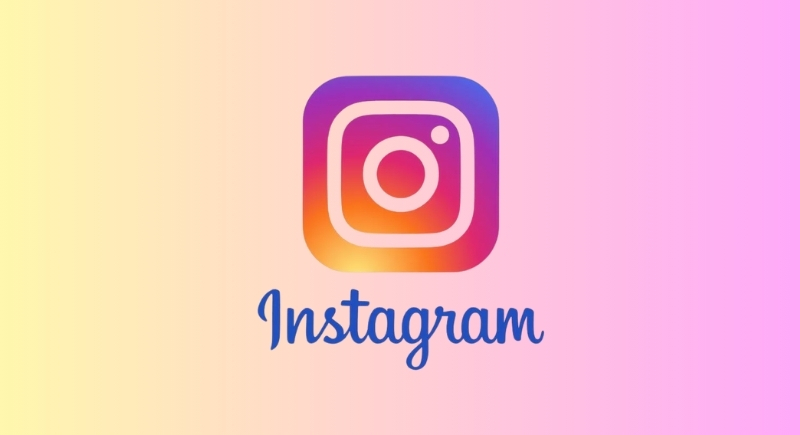
Credit: Wikimedia Commons
The photo-sharing app had fewer than 20 employees and no revenue to speak of when Facebook took it over. That $1 billion deal turned into a $20 billion-a-year machine, and gave Facebook cultural relevance with younger users it was starting to lose.
NeXT
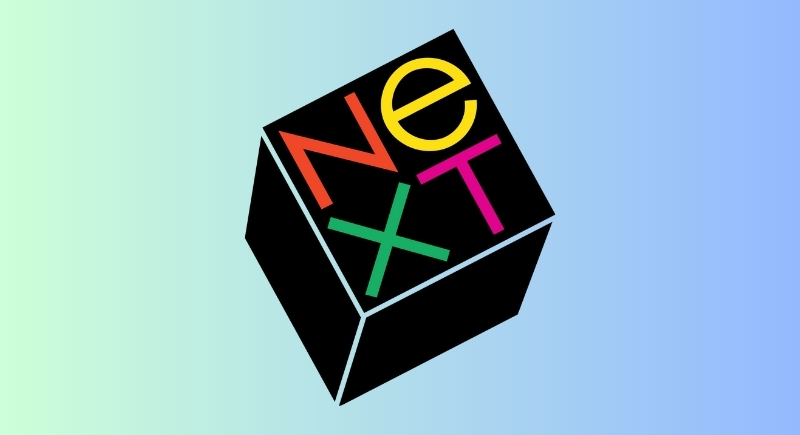
Credit: Wikimedia Commons
Steve Jobs brought NeXT and its advanced software architecture to Apple in 1996 for $429 million. That deal provided Apple with the technology that evolved into macOS and iOS. It also brought Jobs back and helped Apple grow by over $126 billion, according to CNBC and Macworld.
Youtube
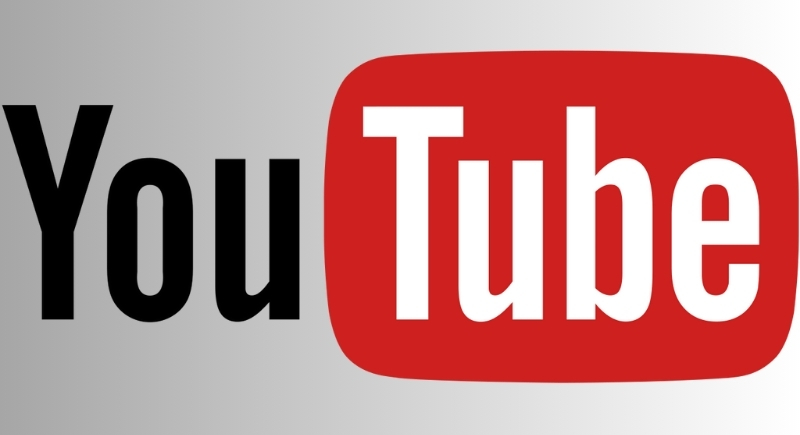
Credit: Wikimedia Commons
YouTube was popular, unprofitable, and full of copyright headaches. Still, Google went for it. Nearly two decades later, YouTube makes more than $40 billion a year in ad revenue and has completely rewritten how video content works online.
Paypal
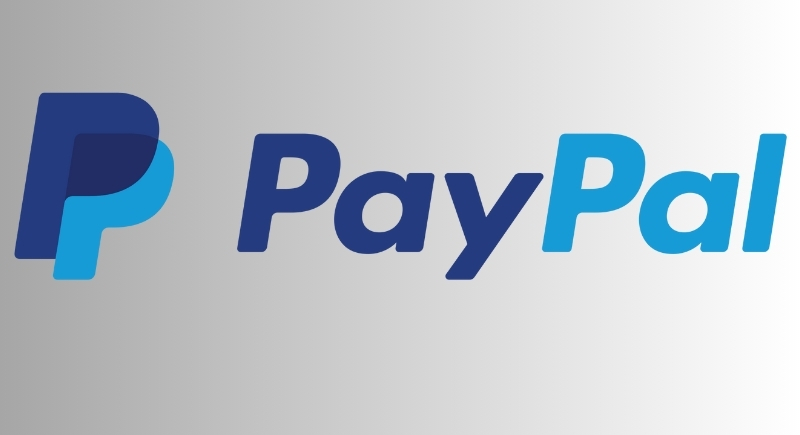
Credit: Wikimedia Commons
eBay paid $1.5 billion for PayPal in 2002 to secure its online transaction flow. While eBay eventually spun it off in 2015, PayPal’s market value reached $45.6 billion. The acquisition gave eBay a secure edge during the early days of e-commerce, when fraud concerns were a major hurdle.
Disney+Marvel
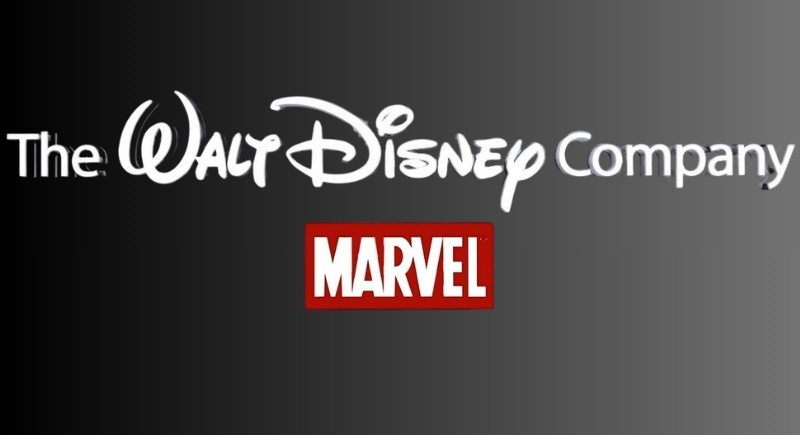
Credit: Wikimedia Commons
Marvel had strong characters but no control over their films. Disney bought it for $4.2 billion in 2009, and since then, Marvel movies have grossed over $29 billion. More than box office hits, it gave Disney lasting IP, merchandising power, and a framework for building cinematic franchises.
Doubleclick
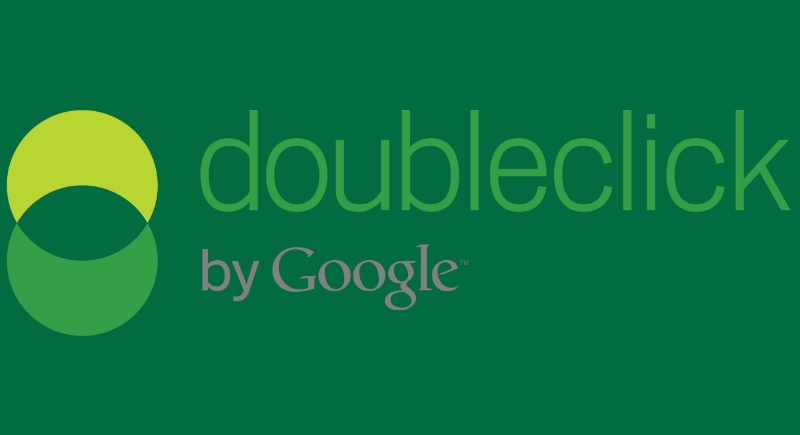
Credit: Wikimedia Commons
By 2008, Google already ruled search ads. What it didn’t have was the reach beyond its own walls. DoubleClick fixed that. The $3.1 billion deal gave Google access to a much larger ad infrastructure, one that followed users across the web. It wasn’t glamorous, but it quietly reshaped how online advertising actually works.
Espn
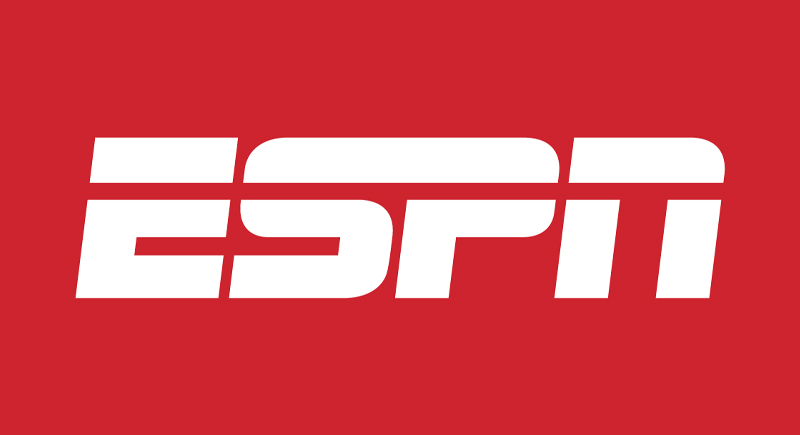
Credit: Wikimedia Commons
Disney spent $188 million on ESPN and acquired one of the most valuable names in sports media. Since then, ESPN has helped Disney earn more than $26 billion through subscription fees, advertising, and broadcast rights. Forbes ranks ESPN as one of the most profitable cable channels ever.
Whatsapp
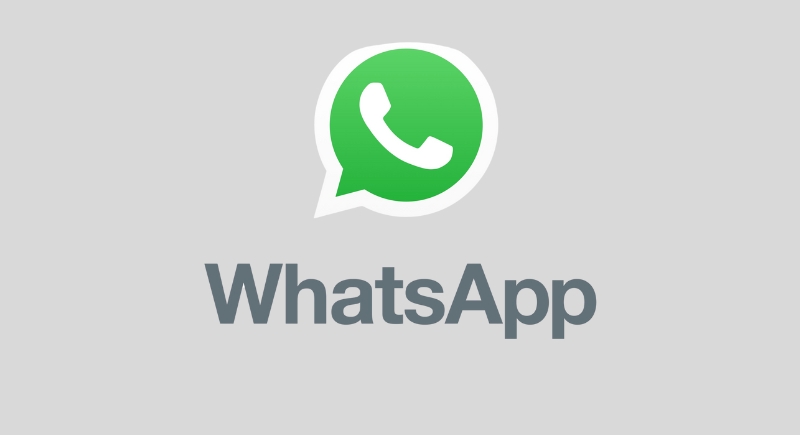
Credit: Wikimedia Commons
Today, WhatsApp handles everything from personal chats to business transactions across much of the world. It’s a key piece of Meta’s push into messaging, commerce, and customer service outside the U.S. None of that was evident in 2014, when Facebook paid $19 billion for a platform with no revenue, no ads, and no business model.
Pillpack

Credit: Wikimedia Commons
Amazon’s pharmacy business didn’t start from scratch. It started with PillPack. That 2018 acquisition gave Amazon the licenses, infrastructure, and compliance backbone it needed to enter healthcare. The price was $753 million. The real value was speed. Today, Amazon Pharmacy operates nationwide and is positioned to chip away at a $500 billion industry.
Linkedin
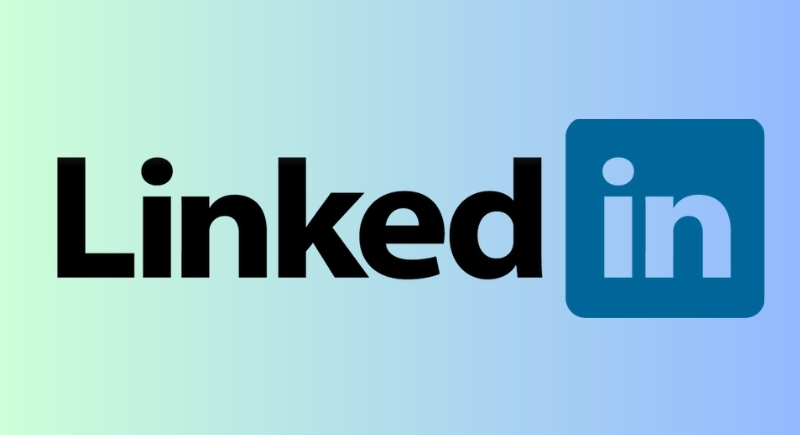
Credit: Wikimedia Commons
LinkedIn brings Microsoft more than ad revenue or premium subscriptions. It provides real-time insight into where people work, what roles they fill, and how companies are structured. Microsoft paid $26.2 billion for that access in 2016. It now pulls in over $15 billion a year and feeds into tools across the Microsoft ecosystem.
Booking.com
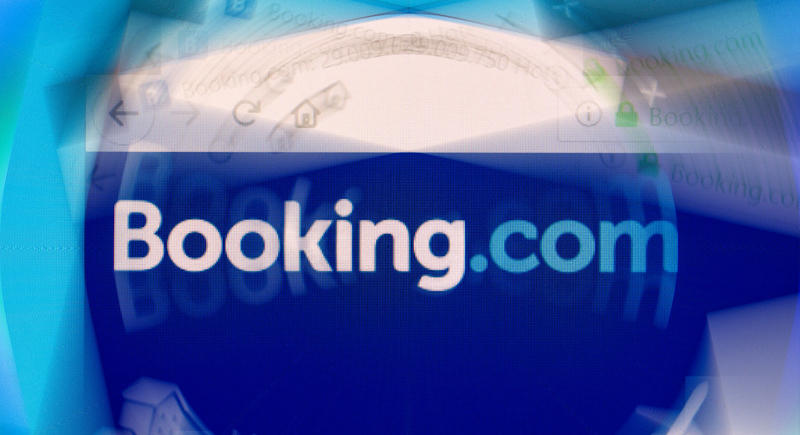
Credit: flickr
Most U.S. travelers think of Expedia first. Globally, Booking.com dominates. The site came under Priceline’s wing in 2005 for $135 million. Strong inventory, clean UI, and European market share turned it into Booking Holdings’ most valuable asset without the fanfare.
Waze
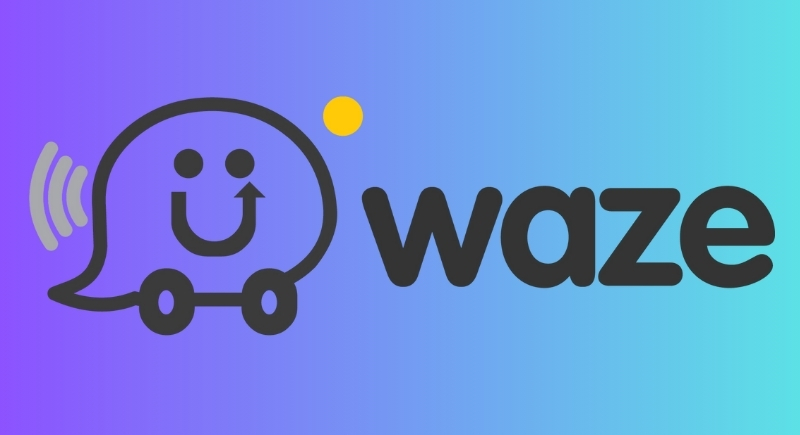
Credit: Wikimedia Commons
Google didn’t need another maps app. It had one. What it didn’t have was live, crowd-fed traffic data. Waze users gave Google exactly that. The $1.1 billion acquisition in 2013 didn’t just improve Google Maps; it weakened competitors. Waze still runs as a standalone product, but the tech behind it has spread everywhere.
Whole foods
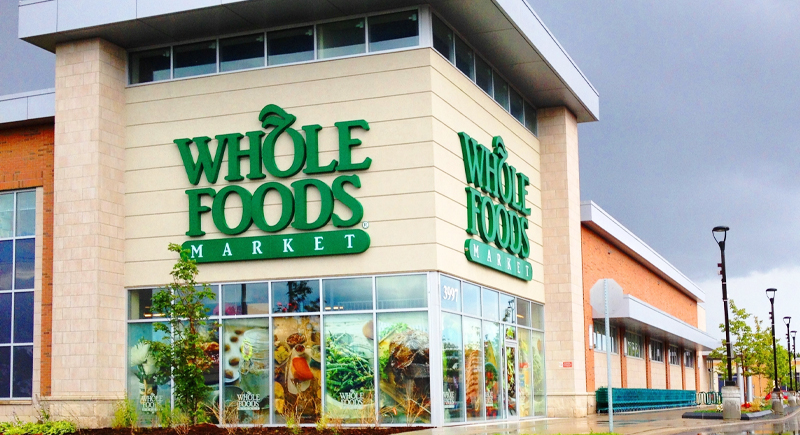
Credit: Wikimedia Commons
After buying Whole Foods for $13.7 billion in 2017, Amazon got 400+ urban storefronts overnight. That network helped with local delivery, brand recognition, and Prime integration. Grocery remains a tough business, but the move accelerated Amazon’s physical retail plans and gave it a testbed for logistics strategy.
Skype
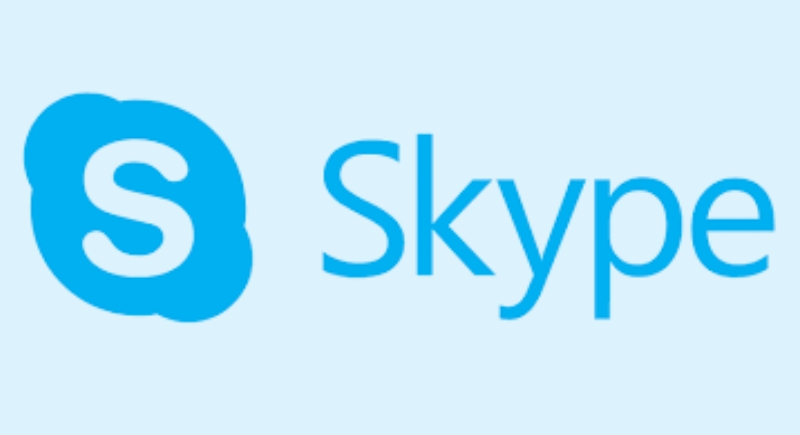
Credit: Wikimedia Commons
Before Zoom became the default for video calls, Skype had already connected hundreds of millions of users worldwide. Microsoft acquired it in 2011 for $8.5 billion, using it to strengthen its communication tools well before Teams existed. At its peak, Skype reached over 300 million monthly users and played a key role in Microsoft’s messaging infrastructure.